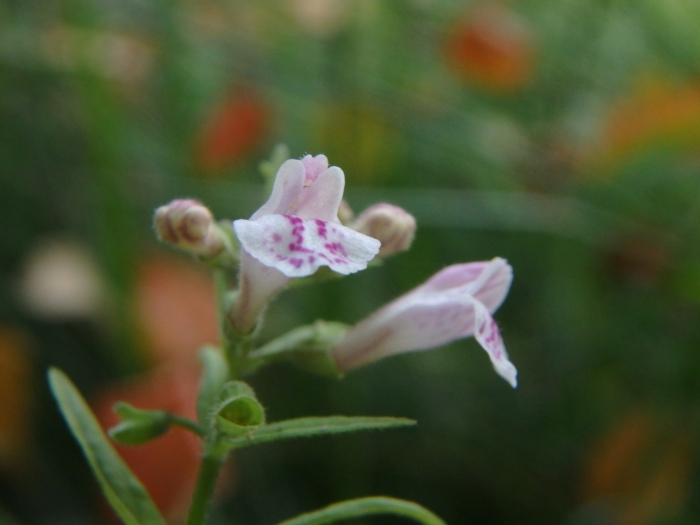Lesser Skullcap
(Scutellaria minor)
Lesser Skullcap (Scutellaria minor)
/
/

Daniel Cahen
CC BY 4.0
Image By:
Daniel Cahen
Recorded By:
Copyright:
CC BY 4.0
Copyright Notice:
Photo by: Daniel Cahen | License Type: CC BY 4.0 | License URL: http://creativecommons.org/licenses/by/4.0/ | Rights Holder: Daniel Cahen | Publisher: iNaturalist | Date Created: 2018-07-21T12:21:26-07:00 |

























Estimated Native Range
Summary
Scutellaria minor, commonly known as lesser skullcap, is a perennial herb that typically grows up to 10 inches tall. It features narrowly ovate leaves and bears pinkish-purple flowers in the axils of the upper leaves during the summer months. The flowers are modest in size but can add a delicate charm to a garden setting. Lesser skullcap is native to wet heaths, moorlands, and open woodlands on acidic soils, primarily in the southern and western British Isles, including areas as far north as the Outer Hebrides. It is also found in similar habitats across southern temperate Europe. William Hudson first described this species in 1762, and it is known to hybridize with Scutellaria galericulata where their ranges overlap.
In cultivation, lesser skullcap is valued for its low maintenance and ability to thrive in damp, acidic conditions, making it suitable for bog gardens and waterside plantings. It prefers partial shade but can tolerate full sun if the soil remains moist. The plant is relatively trouble-free but can be susceptible to root rot in overly wet or poorly drained soils. Lesser skullcap is not commonly used in large-scale landscaping but can be an interesting addition to a native plant garden or naturalized area. It requires consistent moisture and an acidic soil profile to flourish. There are no widely recognized cultivars of this species in the horticultural trade, and it is not known to be invasive when grown outside its native range.CC BY-SA 4.0
In cultivation, lesser skullcap is valued for its low maintenance and ability to thrive in damp, acidic conditions, making it suitable for bog gardens and waterside plantings. It prefers partial shade but can tolerate full sun if the soil remains moist. The plant is relatively trouble-free but can be susceptible to root rot in overly wet or poorly drained soils. Lesser skullcap is not commonly used in large-scale landscaping but can be an interesting addition to a native plant garden or naturalized area. It requires consistent moisture and an acidic soil profile to flourish. There are no widely recognized cultivars of this species in the horticultural trade, and it is not known to be invasive when grown outside its native range.CC BY-SA 4.0
Plant Description
- Plant Type:
- Height: 0.5-1 feet
- Width: 0.5-1 feet
- Growth Rate: Moderate
- Flower Color: Blue, Purple
- Flowering Season: Summer
- Leaf Retention: Deciduous
Growth Requirements
- Sun: Full Sun, Part Shade
- Water: Medium
- Drainage: Medium
Common Uses
Border Plant, Butterfly Garden, Low Maintenance
Natural Habitat
Wet heaths, moorlands, and open woodlands on acidic soils
Other Names
Common Names: Dwarf Skullcap , Small-flowered Skullcap
Scientific Names: Scutellaria minor , Cassida minor , Cassida minor , Scutellaria galericulata subsp. minor , Scutellaria hastifolia , Scutellaria hastifolia , Scutellaria minor var. elatior , Scutellaria pumila
GBIF Accepted Name: